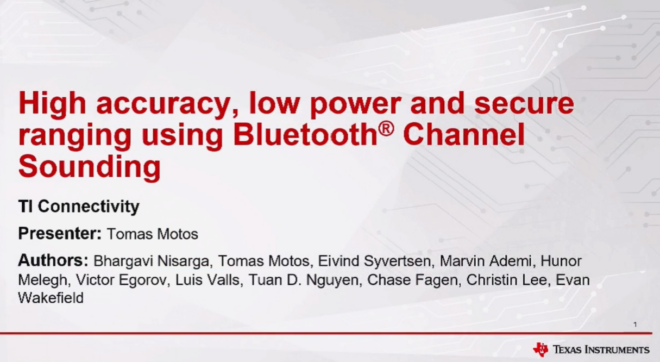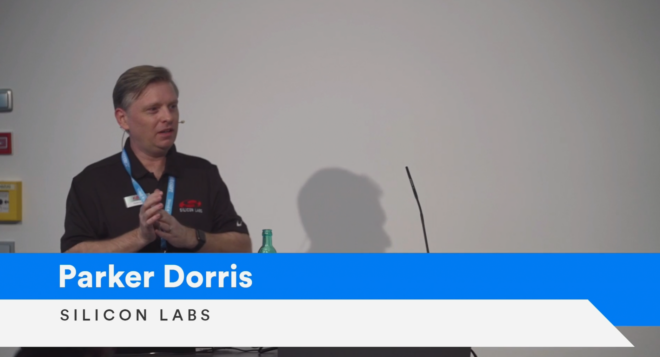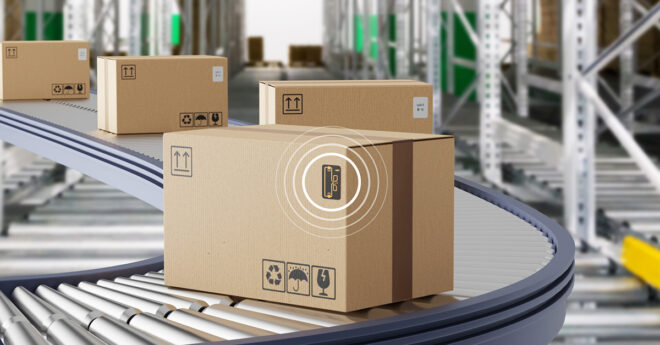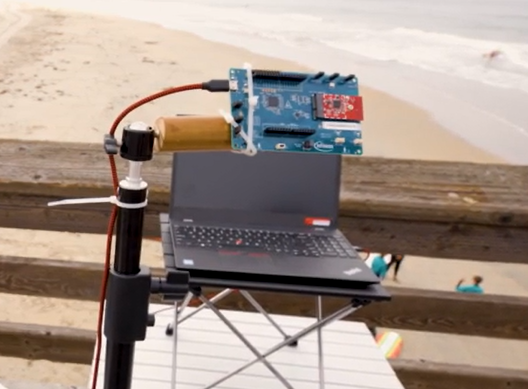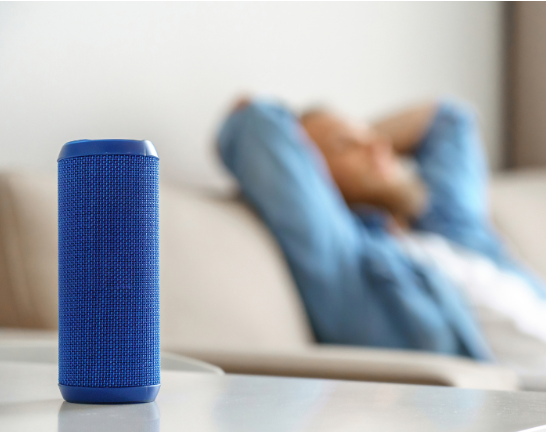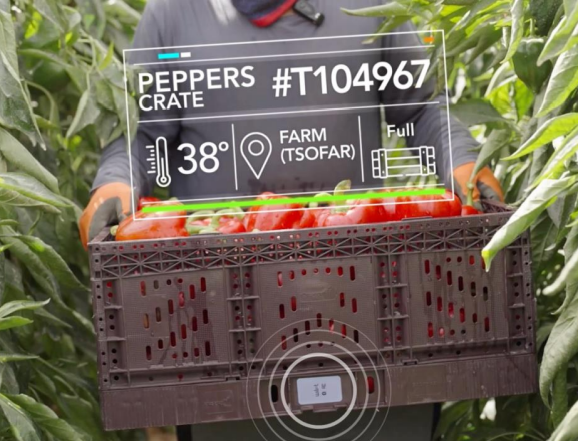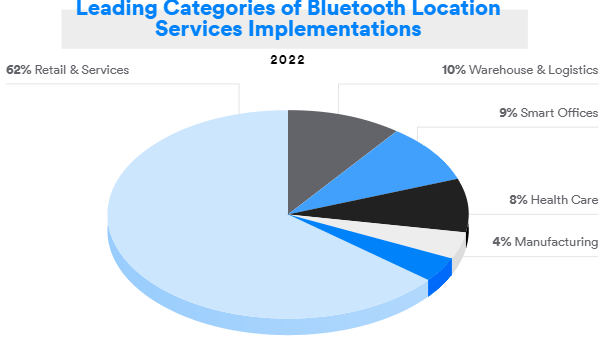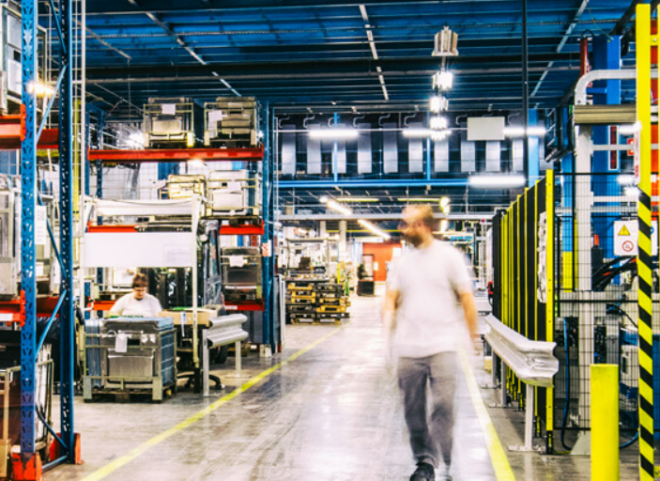A global provider of silicon, software, and solutions for a smarter, more connected world, Silicon Labs recently completed the divestiture of its infrastructure and automotive business. This allowed the company to focus efforts into extending its wireless development platform with the technology, products, and services that help keep customers on the cutting edge of IoT innovation.
Jayanth Krishna, a senior product manager for the company’s Bluetooth® technology products, has been involved in the Bluetooth technology space for more than 15 years. He has been a member of the Bluetooth Core Working Group, Direction Finding Working Group, and Mesh Working Group for just over a decade, and he was awarded the Digital Pin by the Bluetooth Special Interest Group (SIG). Jayanth recently discussed Silicon Labs’ approach to its location services solutions and why the company has selected Bluetooth technology to innovate in this area.
Q&A With Jayanth Krishna From Silicon Labs
What markets does your company support, and what are the solution areas you provide?
Silicon Labs has two business units: one focusing on home and life and another on industrial and commercial. These segments address a variety of device categories, including asset tags, access points, commercial and residential lighting, HVAC systems, sensors, door locks, home gateways, smartwatches, and other applications – many of which are very amenable to the use of direction finding technology. We provide connectivity and compute SoCs, modules, software, and solutions to these segments. Specifically with reference to direction finding, we provide a complete solution that includes the SoCs, antenna arrays for locators, tag reference designs, software development kits, and other development tools, including a specific analyzer for angle of arrival (AoA) and angle of departure (AoD).
What do Bluetooth Location Services enable for your company, and why has Silicon Labs chosen to use Bluetooth technology?
“Location services is one of the key focus areas in our Bluetooth® offering.”
We anticipate that positioning technology will soon become a horizontal need across the segments and device categories we serve, many of which will be key to establishing and consuming location services. Location services is one of the key focus areas in our Bluetooth® offering, making it possible for our customers to focus on building value-adding devices, software, and services by integrating our technology.
We selected Bluetooth technology because of its existing reach as the de-facto connectivity solution between devices and its future potential to also become the dominant technology in location services. We are working within the Bluetooth SIG on next-generation technologies to improve accuracy, scale, and more.
What are the benefits and advantages of positioning solutions generally, and what benefits does Bluetooth technology provide for positioning solutions?
![]()
Accurate positioning can bring value to use cases in retail, medical, industrial applications, and even the home by enabling faster discovery of valuables and assets, enabling more effective utilization of spaces, and finding waypoints faster. Positioning services can also play a key role in safety and health. Bluetooth® technology has an incumbency in the market which is very strong. If the same Bluetooth solution can add positioning features, the ability to address different use cases that utilize current features also increases. It also means that there will be faster time-to-market for various devices because developers will not need to learn a whole new technology but just ramp up to new features on platforms they are already familiar with.
![]()
ON-DEMAND WEBINAR
The Myths & Facts about Bluetooth® Technology as a Positioning Radio
Watch this detailed discussion into the challenges and opportunities in front of indoor location services systems and how to tap into their potential in manufacturing, logistics, retail, offices, and more.
What are some of the major challenges confronting positioning solutions?
I see the challenges being related to battery life of the asset tags, scalability of the devices being tracked, and sufficient accuracy. From its inception, Bluetooth® Low Energy (LE) has been targeted to battery-powered devices, and it’s no different with Bluetooth Direction Finding. The current standard offers ways to achieve connection-less operation, which then enables increasing tag count. And there are efforts to further improve this. When it comes to accuracy, it’s always a question of what is sufficient for each use case. Often with the increasing scale, real-time, and accuracy requirements come computational burden, and it needs to be balanced. Also, the implementation of the antennas and radio play a huge role in the achievable accuracy.
Bluetooth technology has provided the necessary foundation upon which companies can then showcase differentiation. We’ve been dedicated to providing customers with a starting point to the technology, with both antenna array reference and AoA/AoD-enabled SoCs, and we’ve continuously been pushing to achieve better results by utilizing the best techniques.
Did you test other wireless technologies to see which offered the best reliability?
Silicon Labs offers various wireless technologies, but when it comes to location services, we have been very focused on Bluetooth® technology. As a technology company, we have, of course, reviewed other technologies and benchmarked those, but Bluetooth technology has given the right balance of accessibility, price, performance, and battery life.
Do you have a Bluetooth Location Services project Silicon Labs has been a part of that you can share more about?

Borda Technology is a great example of how we unlock digital traceability in the healthcare sector. By embedding our wireless chipsets, Borda is able to design robust and secure, dedicated Bluetooth LE real-time location systems (RTLS) with AoA capabilities for advanced indoor positioning and real-time asset, staff, and patient tracking.
This has been the result of many years of collaboration between Borda and Silicon Labs on Borda’s mission to “transform hospitals into safer, more efficient, operationally aware facilities with actionable IoT data.” Borda’s solutions enable hospital managers to make well-versed decisions while streamlining previously unmanageable processes and minimizing human intervention. This elevates operational efficiency, safety, and the patient experience.
What are some of the common myths you hear about Bluetooth technology regarding reliability in location services, and how do you respond to these?
One of the key things we keep hearing is that the 2.4 GHz spectrum is too crowded to service this need. We have not seen this to be true as the actual airtime needed to achieve what we want is available even in environments with several hundred devices.
What would you say to someone who believes Bluetooth positioning is inaccurate?
It’s important to note that accuracy is not a function of just Bluetooth® technology. It’s a function of the whole system, including the setup and the operating environment. We’ve seen accuracies of <0.5m in our testing, and so have our customers, using just the AoA system. Coming back to the system setup, it’s a function of the number of locators, the number of devices that are being located, and, of course, if it’s a commercial building or a factory. The bottom line is that Bluetooth technology is more than sufficient to support the vast majority of positioning use cases, and there is, of course, a way forward to being even better with the new features like high-accuracy distance measurement.
How important is flexibility to your customers evaluating positioning technologies?
“Its unique ability to deliver flexibility is one of the key advantages of Bluetooth® technology.”
Flexibility is key; not all use cases are alike. Some require more accuracy but fewer updates, some are ok to accept less accuracy in exchange for real-time responsiveness, and others are looking to scale. As a technology provider, we’ve taken all these to account and offered various ways to configure our offering to best fit these needs. Its unique ability to deliver flexibility is one of the key advantages of Bluetooth technology.
Can you talk about what’s on the horizon with Bluetooth technology and high-accuracy distance measurement?
The specification is evolving as use cases mature and extend; member companies have brought new work proposals to the Direction Finding Work Group and are working on a high-accuracy distance measurement specification. Adding new distance to angular data gives opportunities to ever-increasing use cases in location services and user approach, and the combination can support access control, safety, inventory management, and asset tracking in a more accurate way – potentially with fewer system resources needed. The scalability of these solutions has also been raised in the working groups and work is being done to address that in future specification versions. We are extremely excited about this as it will be more power efficient than many other location technologies and cost efficient too, as there will not be a need for a new radio on the device.
![]()
ON-DEMAND WEBCAST
Optimizing Healthcare Facilities Using Wireless Technology – A Case Study
In this on-demand webcast, leaders from Riverside Healthcare, Kontakt.io, and the Bluetooth SIG provide real examples of how medical device tracking, indoor navigation, space utilization, and other location services are helping healthcare facilities optimize their operations and improve the care they provide patients.

